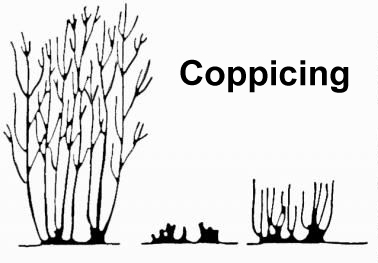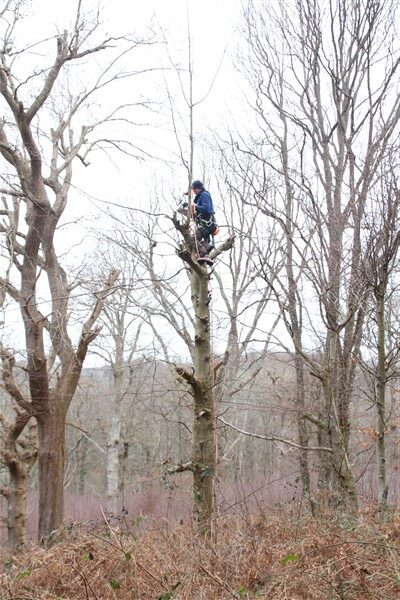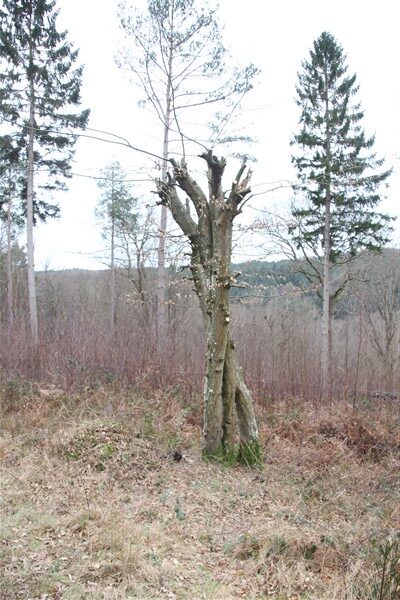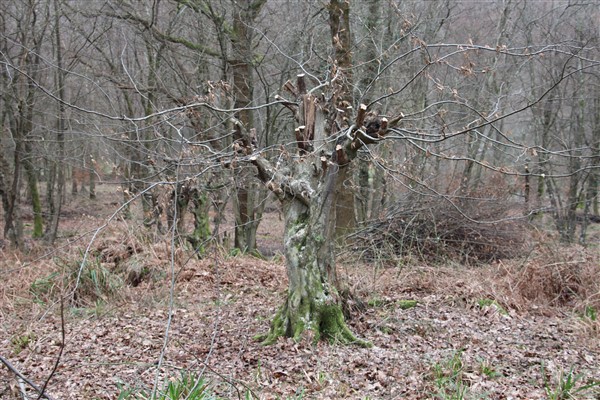Coppicing and Pollarding trees (where the new growth is periodically cut and the lower part of the plant is left to regrow) can make them practically immortal. The regular pruning stimulates new growth and the base of the plant just gets larger (and older).


The art and traditional cultural practice of rural pollarding has been lost in this country except for a few places. At present, the most common place to see this tree management technique is on riverside Willows, especially in Somerset. At one time, it was the most common form of tree management and signs of it are still visible in the form of our ancient and veteran trees across many of the UKs landscapes. It was traditionally undertaken to provide a number of products such as fodder and charcoal wood with trees cut at around 2 metres so animals could graze underneath. Where pollarding has ceased, the tree is known as a lapsed pollard and where it is still regularly cut, it is known as an in-cycle pollard and also a working tree.


Although pollarding may appear to some as an extreme and detrimental form of tree management, it actually has many benefits to trees and the organisms that use them. For example, it increases their longevity and a pollarding history often explains why so many of the UK’s ancient trees survive today. Unfortunately, once the tree has become lapsed, the pollard cycle cannot usually be restarted and the best thing to do is start a new generation from younger trees.
A pollarding blog from Plantlife, 23/05/18.
Article from the Royal Forestry Society’s Quarterly Journal of Forestry about pollard creation.
New pollards can only be seen at a few sites in the UK: these include Burnham Beeches (Buckinghamshire), Hatfield Forest (Essex), Richmond Park (South London) and Croft Castle (Herefordshire). It is currently only undertaken on a small scale, mainly due to the experimental nature of the forgotten practice and high mortality rates from insensitive “tree surgery” cutting. An additional challenge is negative public feedback based on preconceptions of how trees should look.
At Forge Wood in Dallington Forest, there are over 400 new pollards and the management of these trees as pollards has been occurring for the last 12 years. In the previous winter many of them were re cut and it is a good opportunity to see the different techniques applied to trees of different forms and species. In fact, Forge Wood is like nowhere else in the country for new pollards, it has led the way in pioneering cutting approaches and there is no other site where you can see the range of forms, species and overall density of a new generation of pollards.




Below are links to data about the polarding activity in Forge Wood, Dallington Forest.
Overview of pollards in Forge Wood: –
Summary of pollard data: –
Detailed pollard data: –